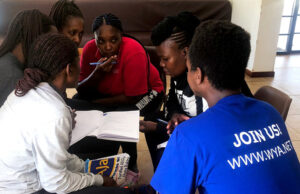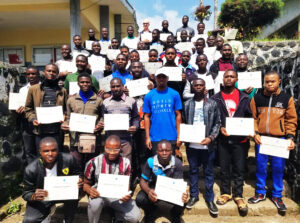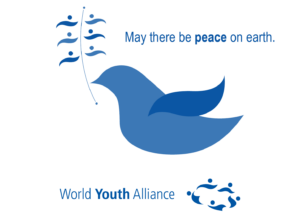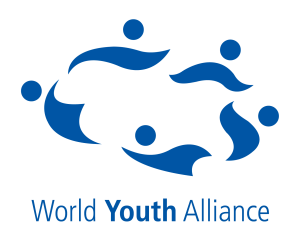Let’s start with HIV prevention in sex workers. This is a major issue, not in the sense that it is the primary issue in places where the epidemic is the worst, but it is talked about very much. It’s connected to gender, women’s empowerment, violence against women and host of other issues that have been connected to HIV/AIDS. Presenters, including sex workers, all acknowledged that women involved in sex work face terrible physical, psychological and sexual abuse. These women (and some men) deal with violence not only from their clients but from law enforcement officers as well. Some presenters also acknowledged, although delicately, that most of the women they worked with were sex workers because they were poor and needed to feed their children. One presenter said that 90% of the female sex workers who participated in his study, some 300 women, had children and even husbands/common law partners. Another presenter, from Ghana said that most of the sex workers saw the “job” as a temporary way to earn money and most really wanted to leave sex work and have a family.
One has to wonder if such dreams will ever come true given the focus of the agencies working with these women. All of them had one concern, scaling up condom use among sex workers. That is how they measured the success of their interventions. Now don’t get me wrong, I think that a sex worker with a condom is more protected against AIDS than one without; however that person is not safe. And while I appreciated the efforts of the programs working in peer education, empowering sex workers, and ultimately providing access “services,” I couldn’t help but wonder how many of these women were being given the skills and opportunities they needed to exit sex work, and if not, how could this be justified.
All I could think about the whole time was that these programs, well intentioned though they are, were prioritizing safe sex over the overall health and well-being of person. It seemed to me like an unacceptable half-measure that was reducing risk but ultimately allowed women to be bought and sold.
At the end of the meeting a group of people started a small protest shouting that, “sex workers are workers” some of the panelists smiled – perhaps thinking the protesters were empowered.
Shannon Joseph – North American Director – World Youth Alliance








